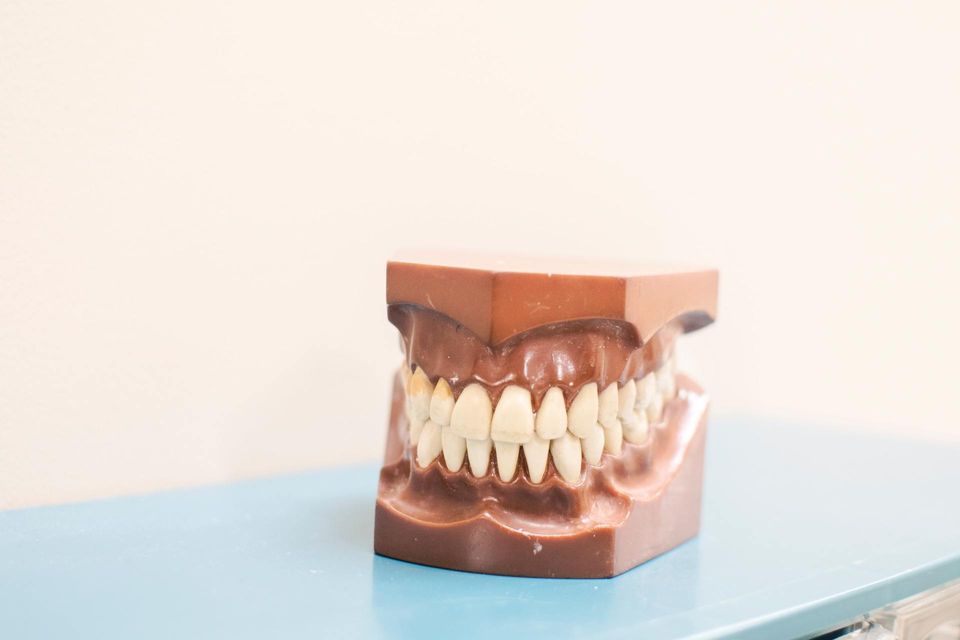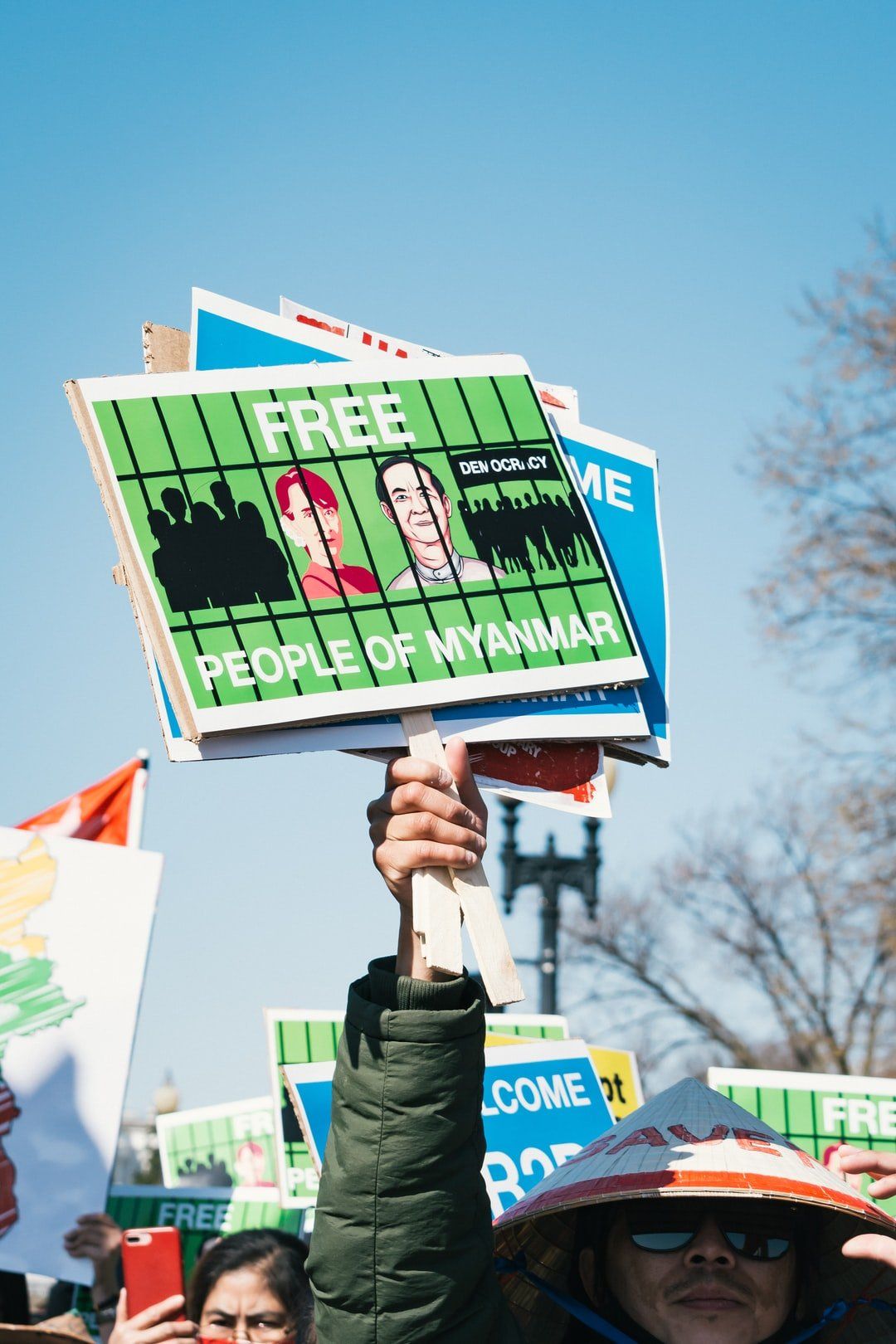DISINFORMATION
Legal Issues of Deepfakes
Deepfake contents initially were only about celebrities, however even ordinary people can create their own deepfake content today. With the widespread use of deepfake content, problems such as manipulation of the public, attacks on personal rights, violations of rights of intellectual property and personal data protection are becoming more common. Legislators and Big Tech are looking for an effective solution against increasing problems of deepfakes.
By Betül Çolak
January 19, 2021
Definition & History
Deepfake is a new phenomenon heard by many internet users today. It is a combination of “Deep Learning” and “Fake”. As it is understood from combination, deepfakes are created by using artificial intelligence technology, in specific machine learning technique. Algorithms work on massive data sets —fairly convincing deepfake can be done with as few as 300 images— belongs to the source person to create deepfakes. Then, algorithms swap one face —the source— to another —the target— with the face swap technic. However, there are three essential technics to create Deepfake contents that face swap, expression swap, Generative Adversarial Networks (“GAN”). Regardless of which technic is used, the process has generally same steps that are extraction, training and creation. Also, there is no need to massive data sets anymore. Today, even one single photo of a source is enough to create deepfake contents.
In 2017, a software developer nicknamed "deepfakes" on Reddit online platform posted his creations that he swapped the Hollywood celebrities’ faces onto the faces of porn artists. After the creations spread rapidly, deepfake became a new trend. Numerous applications have emerged to create deepfake contents for the last 4 years. Because the applications are easily accessible and free, many people create deepfake contents of themselves or celebrities such as politicians, actors/actresses, artists and singers. Some famous examples of deepfakes are about Obama, Trump, Zuckerberg and Dalí. Moreover, they are quite convincing. In other words, it is difficult to distinguish which one is real. Therefore, it is exciting to hear your favorite artist calling out to you in a video or to watch your favorite actors in another movie that they didn't perform.
Deepfakes have a wide usage from the entertainment industry to the health sector. For example, it has been used in the health sector to detect tumors. However, deepfakes have some drawbacks such as for post truth politics and harassment of women in the form of revenge porn, manipulation of the public, intervention to the elections, violations of personal data protection rights and intellectual property rights. Although there are numerous issues about deepfakes, this article will focus on intellectual property rights and personal data protection rights regarding deepfake contents.
Legal Issues of Deepfakes
The World Intellectual Property Organization (“WIPO”) published the “Draft Issues Paper On Intellectual Property Policy And Artificial Intelligence” on December 2019. The draft holds problems of deepfake contents in terms of intellectual property rights. There are two questions addressed specifically to deepfake issue on the Draft:
“(i) Since deep fakes are created on the basis of data that may be the subject of copyright, to whom should the copyright in a deep fake belong?
(ii) Should there be a system of equitable remuneration for persons whose likenesses and “performances” are used in a deep fake?”
WIPO states that deepfakes may cause more severe problems such as violation of the human rights, right of privacy, personal data protection right, etc. than the copyright infringements. Therefore according to WIPO, the main concern here is whether copyright should even be accorded to deep fake imagery, rather than to whom copyright in a deep fake should belong. As a response, WIPO states that if the deepfake contents are completely contradictory with the victom’s life, the deepfake contents should not be rewarded with copyright protection. For the previous questions, WIPO also mentions that if deepfakes are subject to copyright, it should belong to the inventor of deepfakes. As for the reason that there is no intervention of the source person whose image, sound or other feature is used during the creation of deepfakes but just his/her consent.
Accordingly, copyright is not a good weapon to be put against deepfake, as the victim of deepfakes does not own a copyright interest in their own image. On the other side, the victim of deepfake can take to the right of personal data protection. According to Article 5 (1) of EU General Data Protection Regulation (“GDPR”), “personal data shall be accurate and, where necessary, kept up to date; every reasonable step must be taken to ensure that personal data that are inaccurate, having regard to the purposes for which they are processed, are erased or rectified without delay(‘accuracy’)”.
In the light of the Article 5, if a deepfake content is irrelevant,
inaccurate
or falsity, they should be erased or rectified without delay. Moreover, even the deepfake content is true or accurate, a data subject —a victim of a deepfake— may exercise the right to be forgotten, granted to European residents in
Article 17 of GDPR
as the “right to erasure”. In accordance with Article 17, the data subject shall have the right to obtain from the controller the erasure of personal data concerning him or her without undue delay and the data controller shall have the obligation to erase personal data without undue.
Conclusion
Today both states and BigTechs take action against the problems of deepfakes. As an example, BigTechs develop the tools to detect challenges of deepfake contents. Virginia, Texas and California is first states in the US that have regulations against legal issues of deepfakes. The law in Virginia imposes criminal penalties on the distribution of nonconsensual deepfake pornography, whereas the law in Texas prohibits the creation and distribution of deepfake videos intended to harm candidates for public office or influence elections. When current problems are taken into consideration, more legislation and technological tools against deepfakes will probably occur soon.
Betül Çolak is a lawyer specializing in IP and Technology law from Turkey, and is a Researcher in the AI and Fairness research cycle of the Institute. She completed her undergraduate degree in law where she developed a passion for AI and exploring regulation of emerging technologies. She has researched on issues such as fair algorithms and antitrust cases of BigTechs, personal data protection and IP regulation.
Read More

Watch Our Episodes





